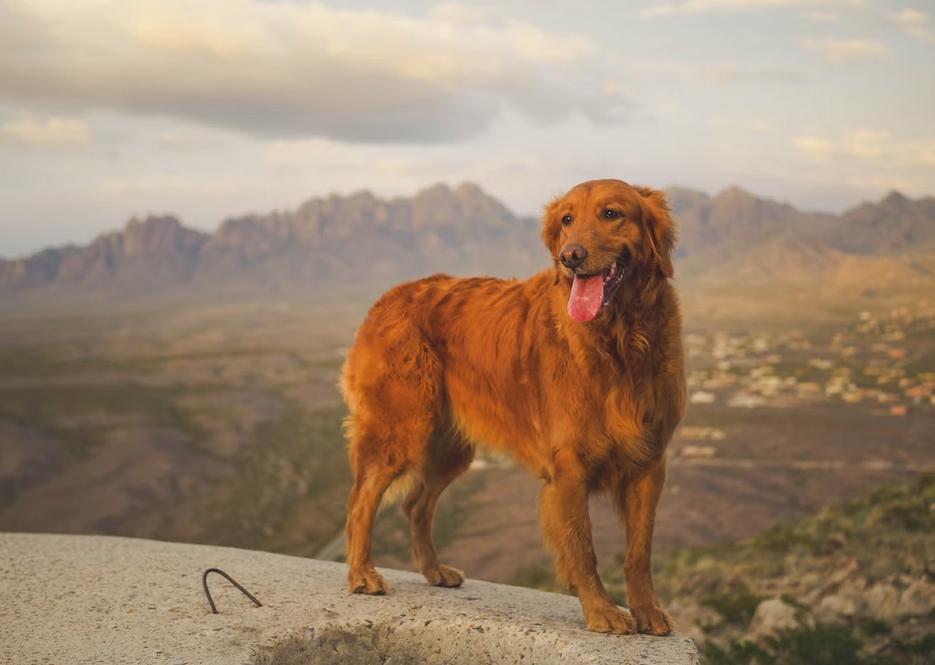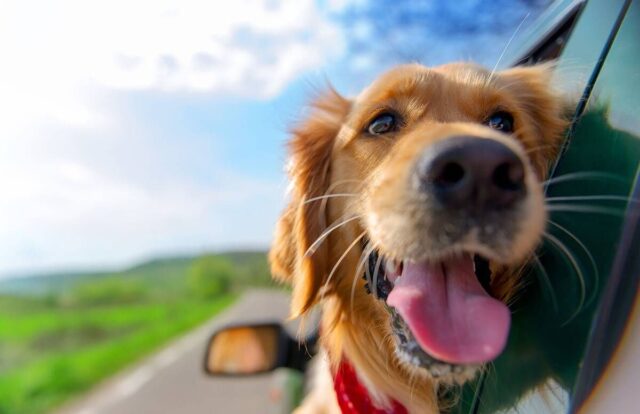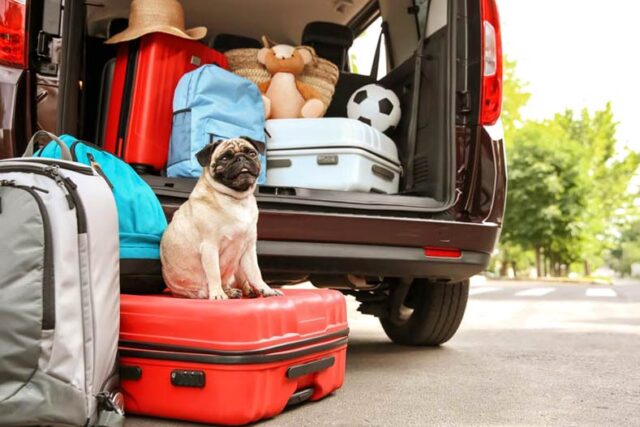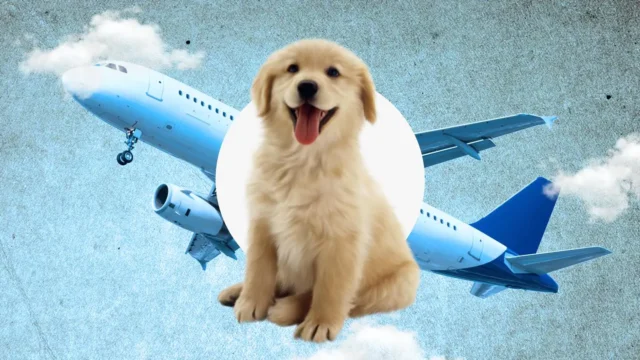
At some point, traveling alone can become pretty boring, so some people start talking their pets along to enjoy the ride together. Although cats are also good companions, dogs can better adapt to foreign places. So, if you want to take your dog with you on the next adventure, here are some tips to help you both.

Start gradually
It’s best not to assume that your dog will adapt to new things and people from the first expeditions. To help them, you should gradually take them on a shorter and closer-to-home journey so that they get used to this kind of activity.
If you take them on a long and tiring trip from the start, they might start being aggressive and confused about why many people are around or why you are going to foreign places that they have yet to explore. So, take your time with them.
On the other hand, it would help a lot to train your dog so that you can control them better when traveling to ensure nothing can happen to them. Some of the most basic commands your dog should know are:
- Name recognition: address them properly so that they can answer when called;
- How to leave something when they try to eat or grab something unknown;
- To come back to you when they’re not around;
- To lie down when they’re too excited or nervous;
- To take and drop something;
- To sit or stay when you need to keep them self-controlled;
- To wait so that they won’t wander around alone;
Check their health
Going somewhere with a dog will need a lot of physical effort from both of you. But since your dog is not able to assess their condition, you don’t want to discover on the road that they’re not fit for traveling. You should make a vet appointment to ensure everything’s all right. However, according to Bivvy, it would be best to have pet insurance that can cover unexpected accidents, hospitalization, and emergency care expenses. Moreover, as it is affordable, you’ll be able to save money that could otherwise go to such unpredictable injuries.
Knowing how some basic illnesses can affect your dog is also important. If you notice the signs early, you may be able to treat them quickly. For example, if your dog:
- Is vomiting or has sudden diarrhea, the cause might be a bacterial infection or any diet change;
- Has no appetite, it might be a dental disease, especially if they have bad breath;
- Drinks more or less water; this might indicate a fever or kidney disease;
- Is more lethargic and not that energic anymore, they are for sure in pain. While some may withdraw from human attention, others will get clingier. Either way, you should contact a veterinarian.

Pack the essentials
Your dog will also need a small bag of essentials when traveling to ensure a smooth journey. What you’ll need to take with you is:
- Water to ensure they won’t get an upset stomach from other sources of water and food to keep them energized and fed regardless of where you are;
- Their favorite toy to keep them occupied when there is nothing exciting to do or when traveling by train or air;
- Their documents of identification, health condition and vaccinations;
- A pet carrier for when you’ll need to carry them around;
- A bed;
- Flea and tick medicine because it’s dangerous to get them in woods or other places;
- A leash and extra collar to make sure they will be around you when other dogs pass;
- Baby wipes and puppy pads for easy cleaning and disposal;
Flying with your dog
Traveling with your dog on foot or by car might be more challenging, but you still have more freedom. On the other hand, when flying and you bring your pup with you, you need to consider and obey many rules so they can be accepted on the plane.
Next time you take your dog on a trip, consider these tips to help them have a good time and for you not to worry too much about what could happen. First, if your dog is a bigger breed, you may not be able to bring them along, so you must check the company’s rules on this. Then you need to choose between cargo or a carry-on for them. Again, smaller dogs can fly in the cabin, but larger ones will fly in the cargo hold with the luggage and freight, which might stress them.
Flying with your dog might also cost you more, as the average price for their ticket is $125, but it may depend on the airline you choose. Also, check what breeds are allowed on the plane because, for example, dogs with snubbed noses (like pugs) are banned because of their breathing difficulties, and bully breeds are also banned from flying. Other things to consider:
- The length of the flight. It would be best to look for non-stop flights and avoid flying during holidays as it gets busier than usual;
- How will the weather be at your destination so that you can choose flights that will arrive when it’s not too hot or cold outside;
- Getting your dog familiarized with its crate or carrier weeks within the flight so that they can be calm on the plane;

How to care for your dog before a trip
Dogs are not as easy to adapt to new environments as people are, so you must prepare them for the adventure. So, it would be best to spend more time together than usual so that they can feel comforted. When traveling, bring some of their familiar toys and objects so they can feel reassured about being in a new place. You can even consider calming dog tools, such as pheromone products or calming supplements.
Finally, you, too, should try to appear calm and confident, as they might feel safer when you’re in charge of the situation. They may share the same emotions and get agitated if you get nervous and anxious.









